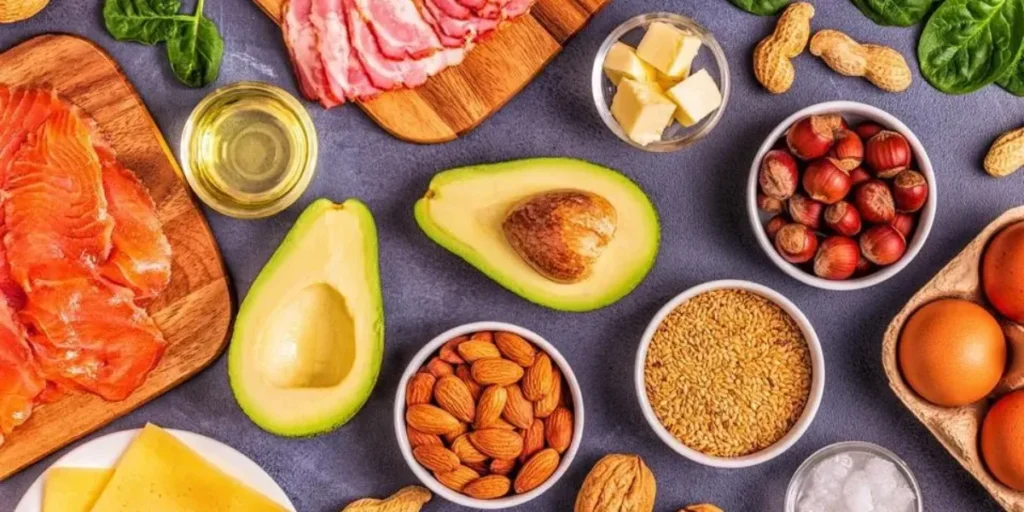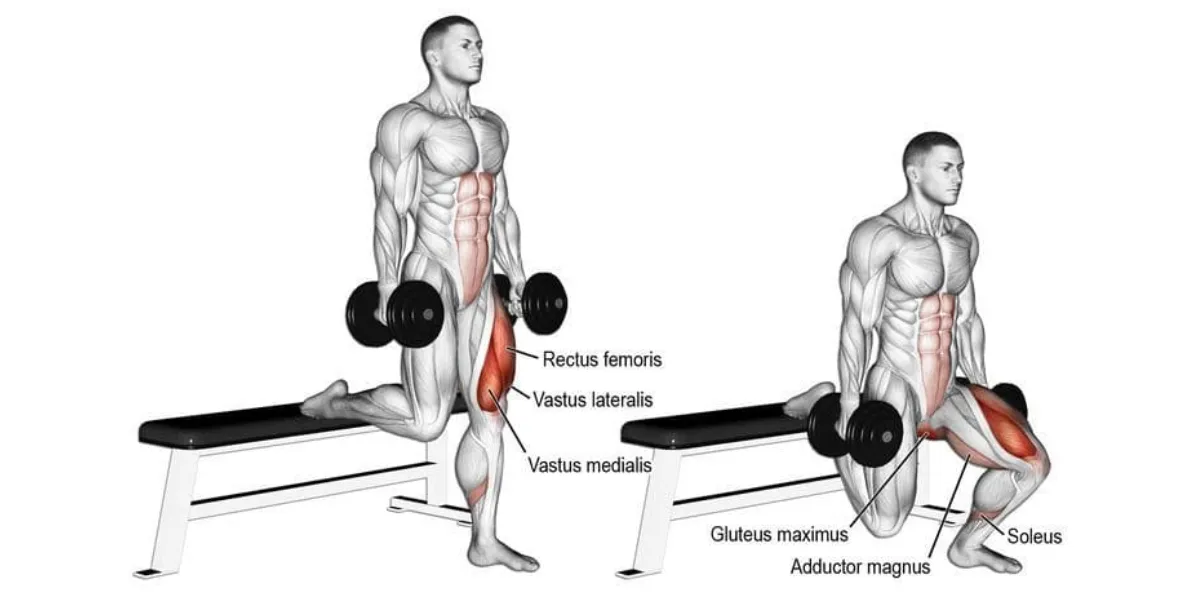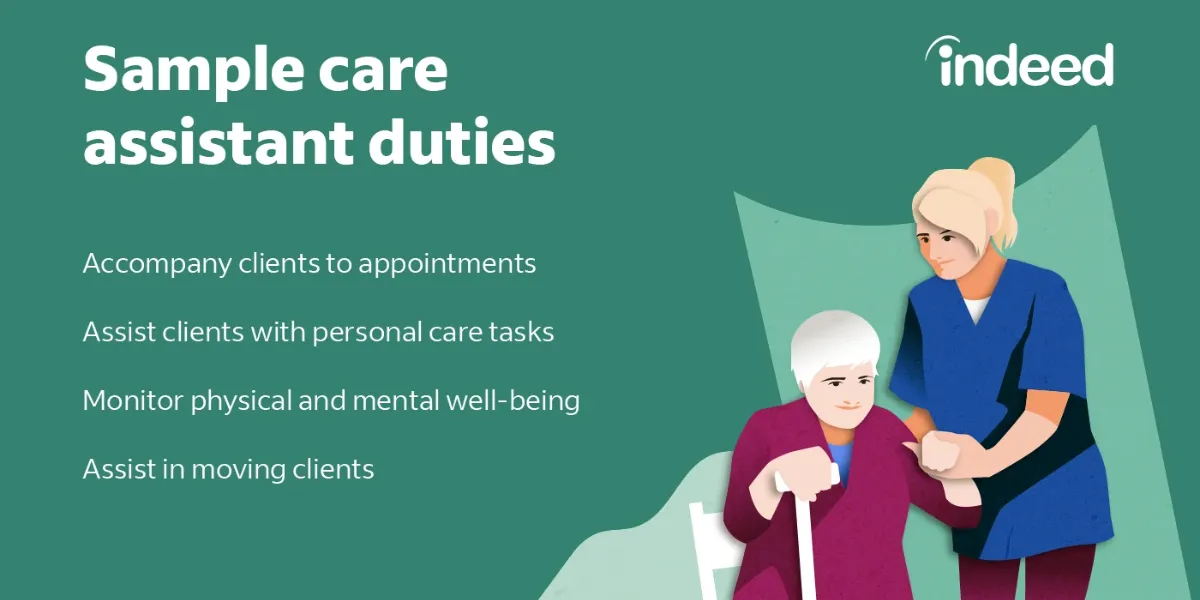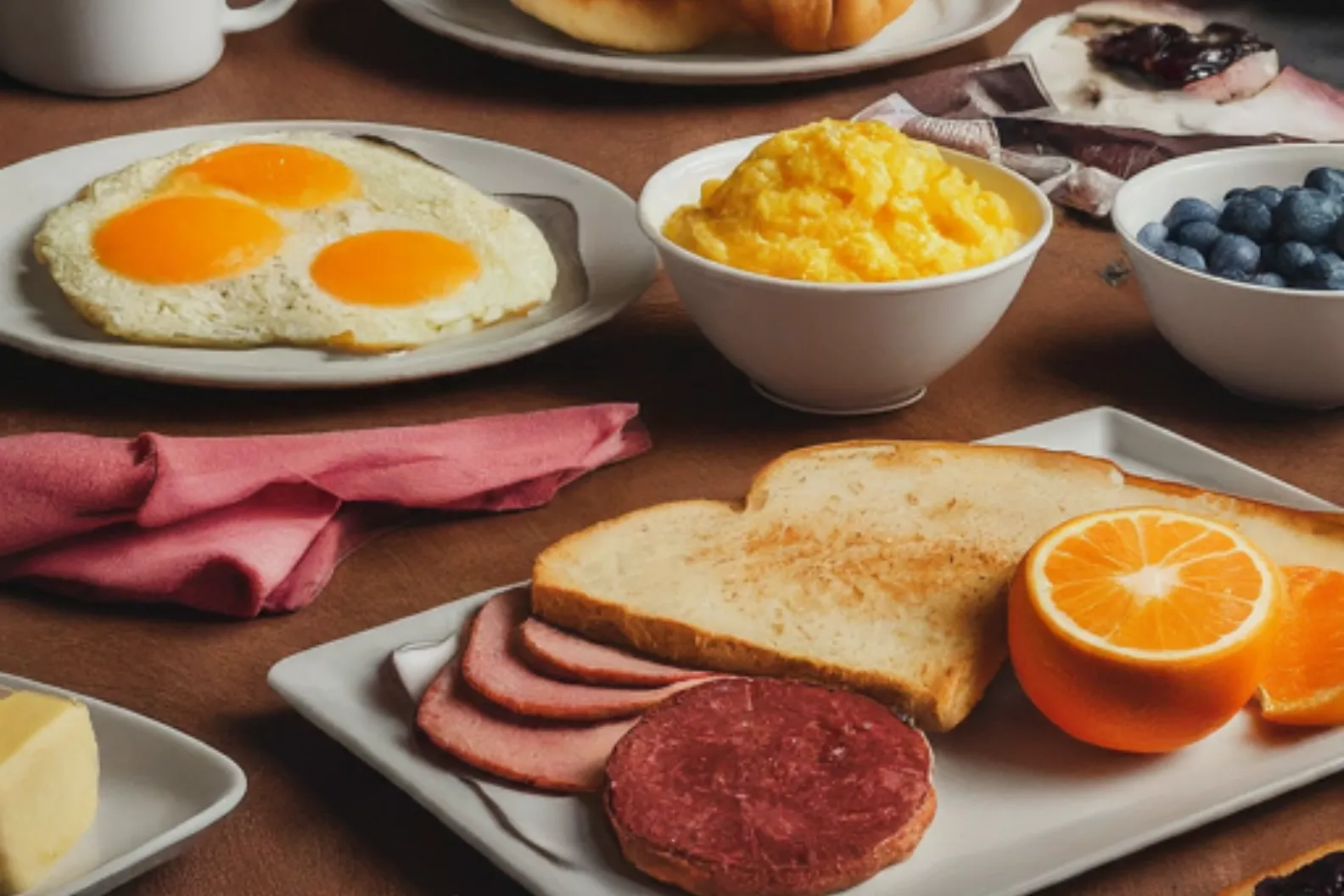Embarking on a journey to better health and weight management, I’ve delved into the essence of a ketogenic diet—a path that has guided many toward a transformative lifestyle. At its core, the ketogenic diet has captivated the wellness community, challenging the traditional norms of nutrition with its distinctive macronutrient restrictions. This plan which emphasizes a dramatic decrease in carbohydrate consumption, pivots the body’s metabolism into a state of ketosis. Here, fat becomes the premium fuel, promising not just weight loss but a bounty of health potential.
In my exploration, I’ve discovered that the ketogenic diet limits are not arbitrary; they are a deliberate strategy to reprogram our metabolic processes. Designing a keto diet plan is much like crafting a bespoke suit—it must be tailored with precision to suit individual needs, providing a snug fit that aligns with personal health goals and lifestyles. Join me as I unpack the principles of keto—where macronutrient restrictions aren’t hurdles, but stepping stones to a more vibrant, energetic you.
Table of Contents
ToggleWhat Is the Ketogenic Diet?
As a seasoned advocate of healthy living, I’ve observed the meteoric rise in popularity of the ketogenic diet. Defined primarily as a low-carb diet, the ketogenic, or keto, diet restructures your macronutrient intake to kickstart weight loss and enhance health. Authenticated by reputable sources like the Harvard T.H. Chan School of Public Health and the Mayo Clinic, the ketogenic diet is much more than a trend; it’s rooted deeply in science.
At its core, the ketogenic diet pivots on a high-fat diet regimen, with moderate proteins and minimized carbohydrate consumption. This combination aims to push your body into a natural metabolic state known as ketosis, where it utilizes fat as a primary energy source instead of carbohydrates. Here’s how the diet stacks up in macronutrient composition:
| Macronutrient | Percentage of Daily Caloric Intake | Goals and Benefits |
|---|---|---|
| Fats | 70-80% | Promotes ketosis for effective weight loss, increased energy |
| Proteins | 15-20% | Aids in muscle maintenance, necessary for overall health |
| Carbohydrates | 5-10% | Limits to induce ketosis, reduces insulin spikes |
Embarking on the ketogenic journey is not merely about weight loss. It’s a transformative lifestyle that prioritizes a healthy balance between fats, proteins, and carbohydrates. The goal is to attain improved energy levels while exploring the ketogenic diet definition through its proven potential to bring therapeutic effects for various medical conditions, from epilepsy to metabolic syndrome.
- Low-carb diet: Drastically reduces sugar and starches
- High-fat diet: Emphasizes healthy fats like avocados, nuts, and olive oil
- Weight loss: Achieved through an efficient fat-burning process known as ketosis
My experience exploring and following this dietary pathway echoes the evidence presented by leading health authorities, which underscores the importance of personal commitment and scientific understanding when tapping into the profound benefits of the ketogenic diet.
The Role of Macronutrients in a Ketogenic Diet
When it comes to a ketogenic diet, understanding the balance and role of macronutrients is critical for success. This low-carb diet hinges on a precise mix of macronutrients that aim to shift the body into a state of ketosis, where it burns fat as a primary source of energy. Let me walk you through the function of each macronutrient in the context of a keto diet plan and how they contribute to the health benefits of the ketogenic diet.
Carbohydrates
Within the ketogenic diet, carbohydrate intake is significantly reduced. According to a review in the Nutrition & Metabolism Journal, achieving and sustaining ketosis requires limiting carbs to a fraction of your total caloric intake. This restriction not only supports weight loss but also may improve insulin sensitivity and cardiovascular health. On a keto diet, most of your carbohydrates will come from non-starchy vegetables, nuts, and seeds, with a focus on fiber-rich foods.
Fats
The crux of the ketogenic diet is a high-fat intake, which constitutes the majority of daily calories. Healthy fats, such as monounsaturated and polyunsaturated fats, play a key role here, and sources include avocados, olive oil, nuts, and seeds. The American Heart Association provides insight into choosing heart-healthy fats, which is essential in constructing a well-formulated keto diet plan. The emphasis is on avoiding trans fats and minimizing saturated fats where possible while embracing fats that support overall health.
Proteins
Protein requirements on a ketogenic diet need to be carefully managed. As per the Journal of the International Society of Sports Nutrition, moderate protein intake is vital for preserving lean muscle mass while promoting fat loss. The ketogenic diet typically allots a moderate portion of calories from proteins like poultry, fish, eggs, and plant-based sources such as tofu and tempeh. The key is to strike a balance that supports muscle maintenance without impairing ketosis.
Below is a table that summarizes the typical macronutrient distribution in a standard ketogenic diet plan:
| Macronutrient | Percentage of Daily Caloric Intake | Examples |
|---|---|---|
| Carbohydrates | 5-10% | Leafy greens, berries, nuts |
| Fats | 70-80% | Avocados, olive oil, cheese |
| Proteins | 10-20% | Chicken breast, salmon, tofu |
In essence, by controlling macronutrient intake – with a focus on low carbs, sustained proteins, and high fats – individuals can explore the full range of health benefits offered by a ketogenic diet.
A Ketogenic Diet Limits the Intake of Which Macronutrient?
As someone who has navigated the complexities of various diets, I’ve often been asked about the specifics of the ketogenic diet. The cornerstone of the ketogenic diet is carbohydrate restriction, which meticulously limits the intake of carbohydrates to induce a metabolic state known as ketosis. This is the key to understanding which macronutrient is limited. Let me explain how this works by diving deeper into the macronutrient framework of this diet.
Based on robust findings from The American Journal of Clinical Nutrition, the ketogenic diet primarily reduces the carbohydrates one consumes, typically to about 20 to 50 grams per day. This drastic cutback forces the body to switch from burning carbohydrates for energy to burning fat, leading to ketosis. Achieving this state can be a transformative experience, with reported benefits ranging from weight loss to improved brain function.
Let’s look at a comparison to understand this better:
| Macronutrient | Typical Daily Intake | Ketogenic Diet Intake |
|---|---|---|
| Carbohydrates | 225-325 grams (based on a 2000-calorie diet) | 20-50 grams |
| Fats | 44-77 grams | 165-200+ grams |
| Proteins | 50-175 grams | 60-120 grams |
As you can see, the contrast in carbohydrate intake between a standard diet and the ketogenic diet is stark, underscoring the term ketogenic diet limits the intake of macronutrient. The adjustment in fat and protein is also important, but it’s the severe carbohydrate restriction that is the trademark of this dietary approach. I hope this clarifies the special focus on carb control within a keto diet plan, setting the stage for ketosis and all its potential benefits.
Calculating Your Ketogenic Diet Macronutrient Ratios
Embarking on a ketogenic diet plan involves more than just cutting back on carbs; it’s about finding the right balance of macronutrients to get your body into ketosis. Based on my research and recommendations from the Journal of Nutrition and Metabolism, I’ll guide you through calculating your own ketogenic diet macronutrient ratios – an essential step to personalize your keto journey.
Typically, a keto diet plan comprises high fat, moderate protein, and very low carbohydrate intake. Each individual’s macronutrient breakdown will vary, depending on factors like weight, height, activity level, and goals. Here’s how you can calculate your ideal ratios:
- Determine your daily calorie needs by considering your basal metabolic rate and level of physical activity. There are many online calculators to help you with this.
- Choose your ketogenic ratio, which is the ratio of fat to the combined amount of carbs and protein. A common starting ratio is 4:1 (fat to combined carbs and protein), which is often used for therapeutic purposes, but ratios like 2:1 or 1:1 may be better for newcomers to keto or those looking for weight loss.
- Convert your ratio into percentages of total daily calorie intake – typically, 70-80% fats, 15-25% protein, and 5-10% carbohydrates.
- Translate percentages into grams, considering that fat provides 9 calories per gram, while protein and carbs provide 4 calories per gram each.
Let’s create an example table for an individual with a daily caloric need of 2000 calories, using a standard ketogenic 70/25/5 percentage division between fats, proteins, and carbohydrates:
| Macronutrient | Percentage | Calories | Grams |
|---|---|---|---|
| Fat | 70% | 1400 | 155.56 |
| Protein | 25% | 500 | 125 |
| Carbohydrates | 5% | 100 | 25 |
Remember, these ratios are just starting points. Adjustments are often needed as you progress with your keto diet plan to ensure you’re meeting your body’s needs and maintaining a state of ketosis. This tailored approach to the ketogenic diet macronutrient ratios allows for flexibility and aligns with your individual dietary preferences and goals. Always listen to your body and consult with a nutritionist if needed to fine-tune your plan.
Benefits of Adjusting Your Diet to Ketosis
As someone who’s delved deep into nutritional sciences and personally experimented with various diets, I can attest to the health benefits of a ketogenic diet. It’s not just about losing pounds; ketosis—a metabolic state where your body uses fat for fuel—can be a game-changer for overall well-being. The journey into ketosis often begins with a quest for weight loss, but many find it nourishing not just for the body, but also for the mind.
According to comprehensive reviews in sources like Obesity Reviews, there are a multitude of health improvements to be gained from this dietary adjustment. I’m eager to share with you some of the science-backed benefits that might just motivate you to give this low-carb, high-fat lifestyle a try.
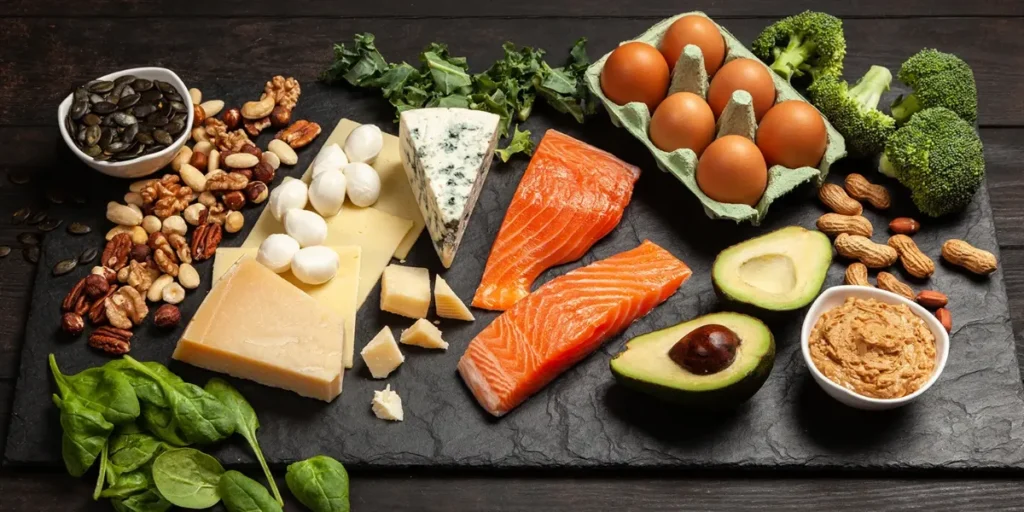
- Weight Loss Efficiency: By reducing our intake of carbohydrates, our bodies are forced to turn to fat stores for energy, leading to more effective weight loss.
- Improved Cognitive Function: Ketones produced during ketosis can provide a steady source of energy for the brain, potentially enhancing mental clarity and focus.
- Stabilized Blood Sugar Levels: A diet low in carbs can help regulate blood sugar, which is particularly beneficial for those managing diabetes or insulin resistance.
- Inflammation Reduction: There is evidence to suggest that a ketogenic diet may lower inflammation, which is at the root of many chronic diseases.
- Increased Energy Levels: Once the body adapts to burning fat for fuel, many individuals experience a significant and sustained boost in energy.
- Therapeutic Potential: Beyond weight loss, ketosis is being researched for its therapeutic effects in managing a range of conditions from epilepsy to Alzheimer’s disease.
It’s fascinating how adjusting our plates and embracing the state of ketosis can lead us down a path where fat loss is just the beginning. I’ve seen in both the research and personal experience that the health benefits of the ketogenic diet are far-reaching. So if you’re considering a dietary shift, a keto approach might just be the key to unlocking a healthier you.
Common Challenges and Mistakes on Keto
Embarking on a ketogenic diet can be a transformative journey, yet it comes with its own set of common keto challenges. Managing your macronutrients is key; too often, enthusiasts fall into traps that can hamper their progress. Let’s break down these prevalent obstacles and clarify how to navigate them effectively for a successful keto diet plan.
Exceeding Carbohydrate Limits
Maintaining strict control over carbohydrate intake is crucial in a keto diet. A common mistake is underestimating the carbs present in certain foods, leading to an inadvertent excess that can disrupt ketosis. The rigorous research from Nutrition & Diabetes suggests that consistent monitoring and education about carb-dense foods are essential for maintaining the balance that defines a ketogenic lifestyle.
Not Eating Enough Fats
The heart of a ketogenic diet is a substantial high-fat diet quota. Ironically, what often undermines a robust keto diet plan is the hesitancy to consume sufficient healthy fats. Data from Lipids Health Disease portrays the significance of fats in achieving the metabolic state of ketosis and accentuates the need to overcome any fat-intake phobia. Avocado, olive oil, and nuts are just a few examples of fat-friendly foods to embrace.
Misunderstanding Protein Requirements
The last common hurdle for many follows from misconceptions regarding protein requirements in a keto regimen. The balance between too little and too much can be delicate. Armed with insights from Current Opinion in Clinical Nutrition & Metabolic Care, it is clear that moderate protein consumption is best to preserve muscle mass without impacting the state of ketosis. Remember, it’s about quality as much as the quantity of protein when crafting your keto diet plan.
- Regularly track macronutrients to stay within keto guidelines
- Include a variety of fat sources to meet daily fat quotas
- Choose high-quality proteins and be wary of hidden carbs
The Science Behind Ketosis and Weight Loss
When I explore the mechanisms that make ketosis work for weight loss, the details are fascinating. It’s not just about cutting calories—the ketogenic diet prompts the body to switch energy sources, which has profound effects on metabolism. Research highlighted by the Annals of Internal Medicine bolsters our understanding of these processes.
The switch to burning fat for fuel, that is, entering ketosis, results from significantly lowering carbohydrate intake. As our body’s carbohydrate stores get depleted, it starts to convert fatty acids into ketone bodies, which are an alternative energy source for various tissues, including the brain. This shift from glucose to ketones as a primary energy source tends to reduce hunger and increase energy expenditure, contributing to weight loss.
- Ketosis begins with the body’s transition away from carbohydrates.
- Fatty acids are broken down, resulting in the production of ketone bodies.
- Ketone bodies replace glucose as the main energy source for many cells.
- This metabolic change often leads to reduced appetite and may cause an increase in metabolic rate.
Moreover, the ketogenic diet’s influence on weight loss isn’t solely due to a shift in fuel sources; it also impacts insulin levels. Insulin regulates sugar levels in the blood, and by consuming fewer carbohydrates, the body’s insulin response is minimized. Lower insulin levels can lead to increased fat burning and decreased fat storage, pushing the scales further towards weight loss.
Understanding the science behind ketosis has been pivotal in appreciating why the ketogenic diet can be an effective method for shedding weight. It’s a reminder that what we eat directly influences our body’s biochemistry and can guide our choices towards healthier living.
Keto Diet Plan Examples and Tips for Getting Started
Embarking on a ketogenic journey can be quite thrilling as you discover the benefits of a low-carb diet. Drawing on the wisdom of the Dietitians Association of America, I’ve assembled not just a list of ketogenic diet tips, but also real-life keto diet plan examples to help you kick-start your new lifestyle smoothly.
Initiating any diet plan, including a keto diet plan, requires motivation and a solid understanding of what you’ll be eating. That’s why I’m excited to share my personal recommendations and daily meal structures that align with a well-formulated low-carb diet.Getting Started with Keto: Top Tips
- Clear your kitchen of high-carb temptations to pave the way for keto success.
- Invest time in meal prepping to avoid last-minute non-keto choices.
- Stay hydrated and remember to replenish your electrolytes.
- Be patient as your body adapts to the state of ketosis.
- Connect with fellow keto enthusiasts for support and recipe sharing.
Sample 7-Day Keto Diet Plan
| Day | Breakfast | Lunch | Dinner | Snacks |
|---|---|---|---|---|
| Monday | Spinach and Feta Omelette | Grilled Chicken Salad with Avocado | Zucchini Noodles with Creamy Pesto Sauce | Almonds and Cheese Cubes |
| Tuesday | Chia Pudding with Coconut Milk | Broccoli and Cheese Soup | Cauliflower Rice Stir-Fry with Keto Teriyaki Sauce | Olives and Sliced Cucumbers |
| Wednesday | Avocado Bacon and Eggs | Kale Caesar Salad with Parmesan Crisps | Beef Steak with Asparagus Spears | Macadamia Nuts and Dark Chocolate (>70% Cocoa) |
| Thursday | Keto Pancakes with Sugar-Free Syrup | Tuna Salad Stuffed Avocados | Roast Chicken with Herb Butter and Roasted Radishes | Pepperoni Slices and Cherry Tomatoes |
| Friday | Bulletproof Coffee and Boiled Eggs | Shrimp and Avocado Salad with Lime Dressing | Lamb Chops with Cauliflower Mash | Strawberries and Cream Cheese |
| Saturday | Coconut Yogurt with Pumpkin Seeds | Lettuce Wraps with Buffalo Chicken | Salmon with Creamy Spinach Sauce | Pork Rinds and Guacamole |
| Sunday | Smoked Salmon and Cream Cheese Roll-Ups | Cobb Salad with Hard-Boiled Eggs and Blue Cheese | Keto Meatballs with Zoodles | Flaxseed Crackers and Hummus (Keto-friendly recipe) |
Remember, the key to a successful keto diet plan is to customize it to your taste preferences, nutritional needs, and lifestyle. Whether you’re a busy professional looking for quick keto fixes or a foodie who enjoys experimenting in the kitchen, these ketogenic diet tips and meal examples are designed to provide a solid foundation for your low-carb diet journey.
As always, pay attention to how your body responds and feel free to tweak your meals. Here’s to a successful transition to ketosis and the many benefits that come with a thoughtfully crafted keto diet plan!
Conclusion
As we’ve navigated the intricacies of the ketogenic diet, we’ve clarified the essential **ketogenic diet limits**, particularly focusing on the macronutrient restrictions that define this regimen. The journey through a ketogenic lifestyle means significantly reducing carbohydrate intake to allow the body to enter a state of ketosis, where fat becomes the primary fuel source, driving weight loss and potentially yielding numerous **health benefits of the ketogenic diet**. It’s fascinating to observe how this discipline in macronutrient consumption can lead to transformative health outcomes.
Throughout this exploration, we’ve encountered the critical role each macronutrient plays in the success of a ketogenic diet plan. By adhering to these guidelines, individuals can tailor their eating habits to maximize the efficacy of keto while balancing their unique health requirements. We’ve examined the scientific foundations that underscore **macronutrient restrictions** within a keto framework, drawing from esteemed publications and expert insights to ensure a comprehensive understanding of the diet’s principles.
In summary, my aim has been to provide a foundation of knowledge that empowers you to make informed decisions about your diet and lifestyle. Whether you’re seeking weight loss, enhanced mental clarity, or potential remedial effects against certain health conditions, it’s apparent that with thoughtful execution, the ketogenic diet offers a promising avenue for achieving these aspirations. Remember always to consider your personal health circumstances when applying any dietary changes, and consult with a healthcare professional to tailor the approach to your needs. It’s my hope that this guide has illuminated the path toward a healthier, keto-aligned journey for you.
FAQ
What is a ketogenic diet?
A ketogenic diet is a high-fat, low-carbohydrate diet that significantly reduces carb intake in favor of fats, to prompt a metabolic state called ketosis. It’s geared towards weight loss, improved energy, and sometimes, as a complementary approach to certain health conditions.
What are the macronutrient restrictions in a ketogenic diet?
The ketogenic diet primarily restricts carbohydrates, often to around 20 to 50 grams per day, depending on various factors. This diet emphasizes increased fat consumption, with moderate amounts of protein, to achieve and maintain ketosis.
How do macronutrients function in a ketogenic diet?
On a ketogenic diet, fats become the main energy source, replacing carbohydrates, while proteins are consumed in moderation to maintain muscle mass without interfering with ketosis. Carbohydrates are kept to a minimum to keep the body in a fat-burning state.
A ketogenic diet limits the intake of which macronutrient?
A ketogenic diet significantly limits the intake of carbohydrates to induce the metabolic state of ketosis, wherein the body burns fat for fuel instead of glucose from carbs.
How can I calculate my ketogenic diet macronutrient ratios?
Calculating macronutrient ratios on a keto diet involves determining your specific energy needs and then dividing your calorie intake between fats, proteins, and carbohydrates in percentages that support ketosis—generally, about 70-80% fat, 15-25% protein, and 5-10% carbs.
What are the health benefits of adjusting my diet to ketosis?
The health benefits of a ketogenic diet may include significant weight loss, improved blood sugar control for people with diabetes, enhanced cognitive function, greater energy efficiency, and a decrease in inflammation. Some also claim therapeutic benefits for certain neurological conditions.
What common challenges might I face on a keto diet?
Common challenges include accidentally consuming too many carbohydrates, not eating enough fats to fuel ketosis, and misunderstanding the appropriate amount of protein needed, which can all disrupt the state of ketosis and affect the diet’s success.
How does ketosis facilitate weight loss?
Ketosis facilitates weight loss by shifting the body’s metabolism to burn fat for energy instead of carbohydrates, which can help reduce appetite, increase calorie expenditure, and decrease fat storage, leading to a potential reduction in body weight.
Can you give me a basic keto diet plan example and tips for getting started?
A basic keto diet plan might include a breakfast of scrambled eggs and avocado, a lunch with a green salad topped with grilled chicken and olive oil dressing, and a dinner featuring salmon with broccoli and cheese. Tips for getting started include planning meals ahead, tracking macronutrient intake, staying hydrated, and gradually reducing carb intake to ease into ketosis.

